Animals
-
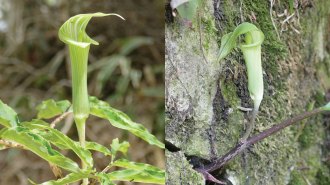 Plants
PlantsThese flowers lure pollinators to their deaths. There’s a new twist on how
Some jack-in-the-pulpit plants may use sex to lure pollinators. That's confusing for male fungus gnats — and deadly.
By Susan Milius -
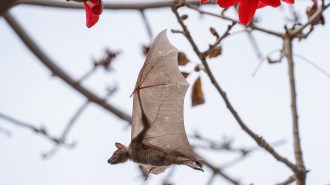 Animals
AnimalsMost bats don’t echolocate in broad daylight. Here’s an exception
Egyptian fruit bats in Tel Aviv regularly navigate by sound during midday hours to avoid obstacles and forage, despite their excellent vision.
-
 Science & Society
Science & Society‘Paradise Falls’ thrusts readers into the Love Canal disaster
‘Paradise Falls’ tells the story of the Love Canal environmental tragedy from the point of view of the people who lived near the former dump site.
-
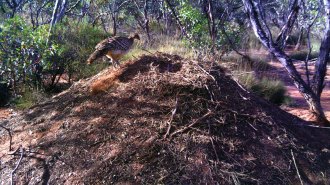 Life
LifeHow a mound-building bird shapes its Australian ecosystem
In Australia’s mallee woodlands, malleefowl dutifully construct mounds to incubate their eggs, redistributing nutrients across the landscape.
By Jake Buehler -
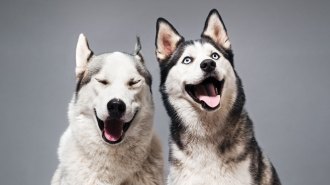 Animals
AnimalsHow do we know what emotions animals feel?
Animal welfare researchers are studying the feelings and subjective experiences of horses, octopuses and more.
-
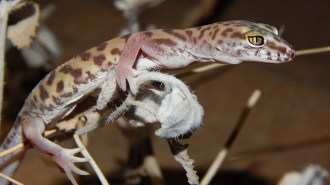 Animals
AnimalsHow a western banded gecko eats a scorpion
New high-speed video details how usually mild-mannered geckos shake and incapacitate their venomous prey.
-
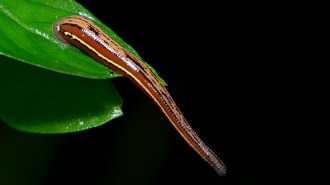 Animals
AnimalsLeeches expose wildlife’s whereabouts and may aid conservation efforts
DNA from the blood meals of more than 30,000 leeches shows how animals use the protected Ailaoshan Nature Reserve in China.
By Nikk Ogasa -
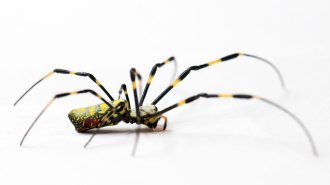 Animals
AnimalsInvasive jorō spiders get huge and flashy — if they’re female
Taking the pulse (literally) of female jorō spiders hints that the arachnid might push farther north than a relative that has stayed put in the South.
By Susan Milius -
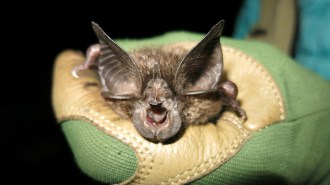 Animals
AnimalsHow scientists found an African bat lost to science for 40 years
African researchers had been searching for the Hill’s horseshoe bat since 2013. Now, the first recording of its echolocation call may help find more.
By Anna Gibbs -
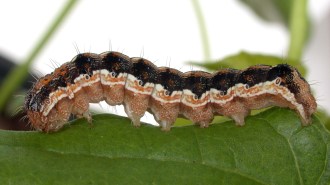 Life
LifeHow a virus turns caterpillars into zombies doomed to climb to their deaths
By manipulating genes used in vision, a virus sends its host caterpillar on a doomed quest for sunlight, increasing the chances for viral spread.
By Jake Buehler -
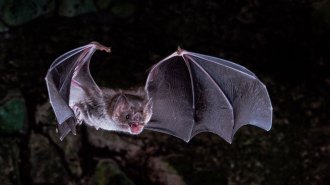 Life
LifeLost genes may help explain how vampire bats survive on blood alone
The 13 identified genes underpin a range of physiological and behavioral strategies that the bats have evolved.
-
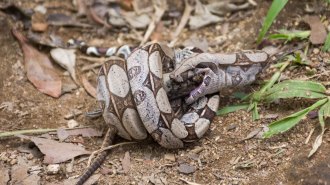 Animals
AnimalsHere’s how boa constrictors squeeze their dinner without suffocating themselves
Carefully controlled breathing allows boa constrictors to pull off their signature move without cutting off their own air supply.